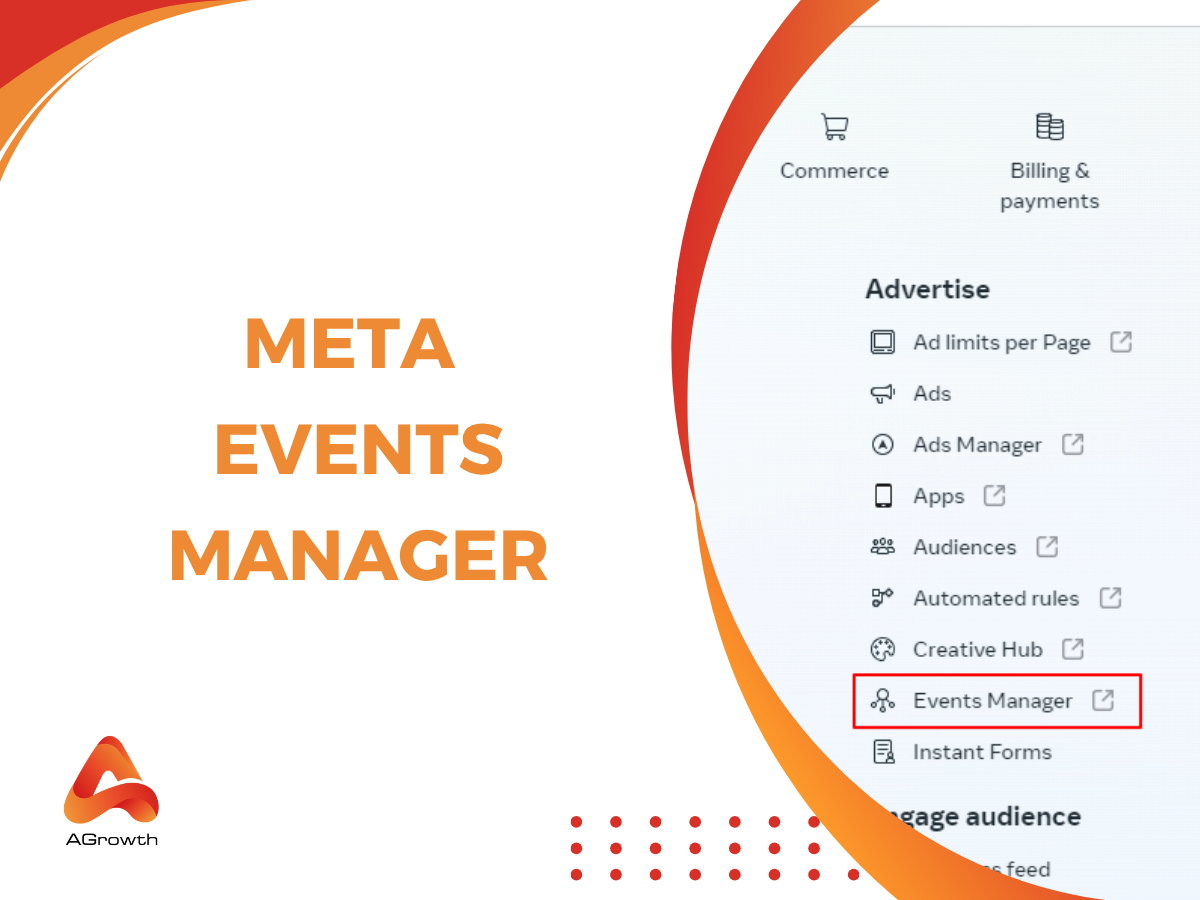
Table of Contents
Guide to Meta Events Manager (2025): CAPI, Troubleshooting & Advanced Strategy
You’ve set up dozens of Meta Pixels. You know your way around Ads Manager. But when you look at your Events Manager, do you see a powerful strategic asset or just a dashboard of firing events? In an era of signal loss from iOS updates and browser restrictions, relying on basic Pixel tracking is a recipe for wasted ad spend and missed opportunities. This guide cuts through the noise. We're moving beyond the 'how to install a Pixel' basics to deliver a strategic framework for professionals. We'll cover the essential Pixel & Conversions API partnership, advanced troubleshooting, and how to transform your event data into a predictable profit engine.
What Is Meta Events Manager and Why It Matters
Events Manager is Meta’s centralized dashboard for all event tracking and measurement. Unlike the older days when the Pixel was the only data source, today Events Manager connects multiple inputs: Pixel (client-side), Conversions API (server-side), app SDKs, and offline conversions.
How Events Manager fits into Meta’s measurement stack
Think of it as the “mission control” for your event data. Ads don’t optimize in a vacuum — they rely on signals like purchases, sign-ups, or leads. Events Manager ensures those signals are:
-
Correctly configured (standard vs custom events).
-
Deduplicated across Pixel and Conversions API.
-
Prioritized for iOS Aggregated Event Measurement (AEM).
Without clean data in Events Manager, your ad sets are essentially flying blind
Key Concepts Every Advertiser Should Know
Before diving into implementation, let’s align on the key building blocks.
Standard events vs custom events
Meta provides a list of predefined “standard events” (Purchase, Lead, CompleteRegistration, AddToCart, etc.) that its system recognizes automatically. Using standard events ensures smoother optimization.
Custom events, on the other hand, allow you to track unique user actions not covered by standards (e.g., quiz completions, video plays). These require extra configuration and naming discipline.
Data sources explained: Pixel, Conversions API, App SDKs, Offline uploads
Events Manager aggregates events from different sources:
-
Pixel – JavaScript code on your website that sends browser-based actions.
-
Conversions API (CAPI) – Server-to-server connection sending data directly from backend or CRM.
-
App SDKs – Events tracked inside iOS/Android apps.
-
Offline conversions – CSV uploads or CRM integrations for in-store or call center sales.
Aggregated Event Measurement (AEM) & event prioritization
Since Apple’s ATT framework, advertisers must prioritize up to 8 events per domain. Events Manager is where you configure this AEM hierarchy. If your Pixel or CAPI fires multiple actions, only the prioritized events are reported when users opt out of tracking.
How to Set Up and Use Meta Events Manager
Getting started with Meta Events Manager may look intimidating at first, but the process is straightforward once you follow the right sequence. Below is a step-by-step guide that mirrors the actual workflow inside Business Manager. You can easily pair each step with a screenshot for illustration.
Step 1: Open Events Manager
-
Log in to Meta Business Manager.
-
From the left-hand menu, go to All Tools → Events Manager.
-
Here, you will see your current data sources (Pixels, Conversions API, App Events, Offline Events).
Step 2: Connect a New Data Source
-
In the Events Manager dashboard, click Connect Data Sources.
-
Choose between Web, App, Offline, or CRM depending on your needs.
-
Most advertisers start with Web (Meta Pixel) or Conversions API.
Step 3: Create and Install a Meta Pixel
-
Select Web → Meta Pixel.
-
Give your Pixel a clear name (e.g., brandname_main_pixel).
-
Enter your website URL so Meta can suggest the best integration path.
-
Installation methods:
-
Partner integration (Shopify, WordPress, WooCommerce, etc.).
-
Manual installation by copying Pixel code and pasting it in the <head> of your site.
If you use an e-commerce CMS like Shopify, partner integrations are the fastest route. Developers, on the other hand, often prefer manual installation for more control.
Step 4: Set Up Conversions API (CAPI)
Because browser tracking alone is no longer reliable, Meta strongly recommends adding CAPI.
-
From Events Manager → Add Data Source → Conversions API, select your setup method.
-
Options include:
-
Partner integrations (Shopify, WooCommerce, GTM, etc.).
-
Manual setup for server developers.
-
Always include an event_id parameter to avoid duplicate reporting when both Pixel and CAPI fire the same event.
Step 5: Verify Your Domain
Domain verification is required for event prioritization under Apple’s ATT framework.
-
Go to Business Settings → Brand Safety → Domains.
-
Add your domain.
-
Verify by either DNS record, HTML file upload, or meta-tag.
Step 6: Configure and Prioritize Events
After setting up your Pixel or CAPI, define the events you want to track:
-
Choose from Standard Events (Purchase, Lead, AddToCart, etc.) or create Custom Events.
-
Under Aggregated Event Measurement (AEM), prioritize up to 8 conversion events per domain.
-
This prioritization determines which events are reported when users opt out of iOS tracking.
Example: For e-commerce, prioritize Purchase > InitiateCheckout > AddToCart > ViewContent.
Step 7: Test Your Setup
Before launching ads, confirm everything works:
-
Use the Test Events tab in Events Manager.
-
Install the Meta Pixel Helper Chrome extension to check if Pixel events are firing.
-
In Events Manager Diagnostics, review warnings such as “Missing Parameters” or “Event Not Received.”
Step 8: Monitor and Troubleshoot
Once events are live, regularly check:
-
Event Match Quality (higher match rates improve attribution).
-
Diagnostics for duplicate or missing events.
-
Monthly audits to ensure no issues after site or app updates.
Set Up Automatic Events in Meta Events Manager
Meta can track some actions automatically, reducing the need for manual coding. Automatic events are especially useful for advertisers who want broader behavioral data.
According to Meta, “Automatic events allow Meta technologies to detect and measure customer actions on your website, such as button clicks or page views, without requiring you to set them up manually”.
How Automatic Events Work
-
Meta’s system identifies common interactions (like scroll depth, outbound clicks, form submissions).
-
These are sent as additional signals into Events Manager, even if you did not configure them explicitly.
-
Advertisers can then choose whether to keep or disable them.
Enabling Automatic Events
-
Go to Events Manager → Data Sources → Pixel Settings.
-
Scroll to Automatic Advanced Matching and Automatic Events.
-
Toggle Automatic Events on or off.
Best Practices for Advanced Matching for Web in Meta Events Manager
When setting up events in Meta Events Manager, one of the most effective ways to improve tracking accuracy is by enabling Advanced Matching for Web. This feature allows you to send additional customer information (such as email addresses, phone numbers, or user IDs) along with event data. Meta then uses this information to match events to the correct accounts more effectively, even when cookies or browser tracking are limited.
To make the most of Advanced Matching in Events Manager, consider these best practices:
Enable Automatic Advanced Matching
Within Events Manager, you can turn on automatic advanced matching for your Pixel. This allows Meta to capture available customer information from your website (e.g., form fields or checkout pages) without requiring manual coding.
Prioritize High-Quality Data
Ensure the data you pass through Events Manager is accurate, consistent, and formatted properly. For example, emails should use lowercase letters, phone numbers should include country codes, and names should not contain special characters. Clean data significantly improves the match rate.
Leverage Both Automatic and Manual Matching
While automatic matching reduces technical effort, adding manual parameters via the Pixel code or the Conversions API can provide more complete coverage. This dual approach is especially useful for high-value events like purchases or subscriptions.
Test and Monitor in Events Manager
Use the Test Events tool in Meta Events Manager to confirm that advanced matching parameters are firing correctly. Regular monitoring helps you identify data gaps or formatting issues before they affect your reporting.
Combine with Conversions API
Advanced Matching works best when paired with the Conversions API, which allows you to send server-side customer information directly to Meta. Managing both through Events Manager ensures greater resilience against data loss caused by browser restrictions.
Data Quality and Troubleshooting in Meta Events Manager
Maintaining high-quality data is critical to getting accurate insights and maximizing the performance of your Meta Ads campaigns. Within Meta Events Manager, you have several built-in tools to monitor data quality and resolve issues that can impact event tracking.
Why Data Quality Matters in Meta Events Manager
Before diving into diagnostics, it’s important to understand what Meta considers “data quality.” The platform evaluates quality using two main dimensions:
-
Event Completeness – Whether each fired event contains the expected parameters such as currency, value, content IDs, and product categories. Missing parameters reduce optimization efficiency.
-
Event Match Quality – The accuracy with which Meta can match an event to a real user using hashed identifiers like email, phone, or ZIP code. Stronger matching improves attribution, lowers conversion loss, and increases campaign efficiency.
In other words, better data quality means better learning signals for Meta’s ad delivery system. Poor data quality translates to higher CPAs and weaker performance.
Common Data Issues Detected in Events Manager
Meta Events Manager proactively flags issues inside the Diagnostics tab. Advertisers often encounter:
-
Missing Parameters: For example, purchase events are missing “currency” or “value,” which prevents Meta from understanding transaction details.
-
Event Deduplication Errors: Events fired twice, often due to both the Pixel and Conversions API sending the same signal without a shared event_id.
-
Unmatched Events: Events that cannot be tied back to a user because no hashed identifiers (e.g., email, phone) were provided.
-
Out-of-Date Implementation: Pixels firing from deprecated code or unverified domains, which may lead to event rejection.
-
Consent or Privacy Conflicts: Signals being blocked by browser restrictions, ad blockers, or lack of GDPR/CCPA-compliant user consent.
Each of these issues reduces the reliability of reporting and optimization. Fortunately, Events Manager offers both detection and testing tools to troubleshoot effectively.
Troubleshooting Framework in Meta Events Manager
Let’s explore a structured process for addressing data quality issues inside Events Manager:
1. Review the Diagnostics Tab
-
Navigate to the Diagnostics section under your Pixel or Conversions API setup.
-
Meta provides plain-language explanations, such as: “Your purchase event is missing the value parameter.”
-
Each issue includes a severity rating (critical, warning, or informational), which helps prioritize fixes.
2. Use the Test Events Tool
-
Open the Test Events tab, then perform real actions on your website or app (e.g., add product to cart, start checkout).
-
Events Manager shows live feedback on whether the event fired, what parameters were captured, and whether advanced matching data was passed.
-
This step is invaluable for identifying implementation errors before they impact actual campaign data.
3. Validate Event Match Quality
-
Events Manager assigns each event a Match Quality Score on a 1–10 scale.
-
A low score means Meta can’t reliably connect the event to a user profile, reducing attribution accuracy.
-
Improving this score usually involves enabling Advanced Matching (sending hashed emails, phone numbers, etc.) and ensuring clean, standardized customer data entry fields on your website.
4. Check for Event Deduplication
-
If you’re running both Pixel and Conversions API, you may see inflated counts because the same event is counted twice.
-
The solution: pass a consistent event_id parameter across both methods, so Meta can recognize and merge the duplicate signals.
-
This ensures reporting accuracy and prevents wasted optimization signals.
5. Monitor and Iterate
-
Troubleshooting is not a one-time fix.
-
Regularly check the Diagnostics tab, especially after launching new campaigns, updating site code, or implementing new tracking methods.
-
Meta may flag new issues over time as its requirements evolve or as your business setup changes.
Pro Tips for Maintaining High Data Quality
-
Automate Monitoring: Schedule regular internal audits using Test Events and Diagnostics.
-
Leverage Partner Integrations: Shopify, WooCommerce, and Google Tag Manager integrations often reduce manual setup errors.
-
Document Everything: Keep clear internal documentation of Pixel IDs, event names, and parameter mappings for faster troubleshooting.
-
Educate Teams: Ensure developers, media buyers, and analysts all understand the basics of event parameters and match quality.
FAQs about Meta Events Manager
What is Event Match Quality in Meta Events Manager?
Event Match Quality measures how well Meta can match website events to users based on customer information (such as email, phone, or ZIP code). A higher score improves attribution accuracy and campaign optimization.
How do I fix duplicate events in Meta Events Manager?
Duplicate events usually occur when both Pixel and Conversions API fire the same event. To fix this, pass a consistent event_id across both methods so Meta can deduplicate and merge the signals.
Is Advanced Matching necessary in Meta Events Manager?
Yes. Advanced Matching helps improve event match quality by sending hashed customer information (like emails or phone numbers). This increases attributed conversions and ensures Meta’s delivery system has stronger optimization signals.
What happens if data quality is low in Meta Events Manager?
Low data quality means weaker attribution and less reliable optimization signals. This can result in higher costs per conversion and lower ROAS. Regular monitoring and troubleshooting are essential to avoid performance drops.
Can I use Meta Events Manager without Facebook Pixel?
Yes. While the Pixel is the most common data source, you can also use Meta Events Manager with the Conversions API or offline events. Many advertisers combine Pixel and CAPI for stronger data accuracy.
What are the main data sources in Meta Events Manager?
The two main data sources are the Meta Pixel and the Conversions API (CAPI). The Pixel is a client-side tool that tracks data through a user's web browser. The Conversions API is a more reliable server-side tool that sends data directly from your server to Meta's, bypassing browser restrictions and ad blockers.
How do you set up a standard event without writing any code?
You can set up standard events without code by using Meta's Event Setup Tool. After your Pixel is installed, go to Events Manager, select your Pixel, go to the "Settings" tab, and open the tool. It allows you to visually select buttons or page URLs on your website and assign standard events to them, such as "Add to Cart" or "Lead."




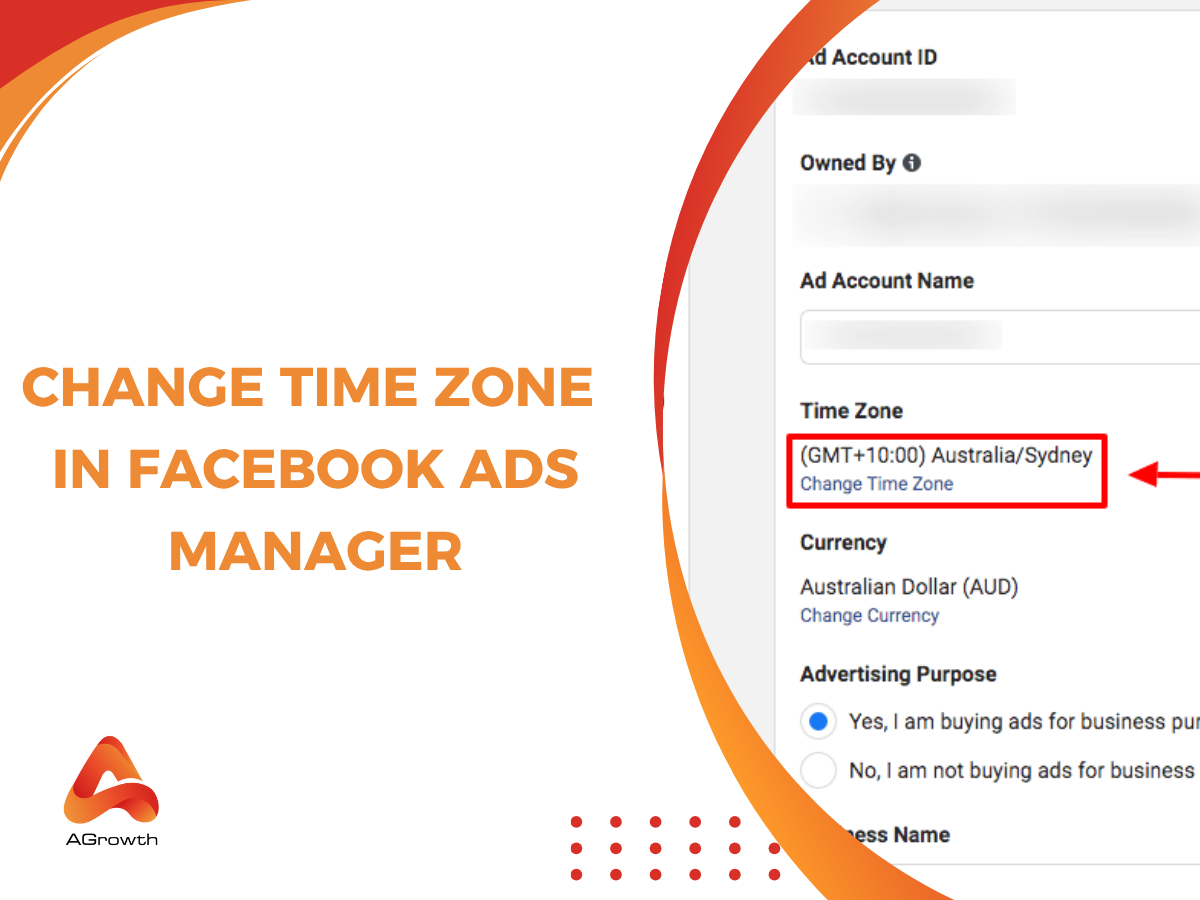
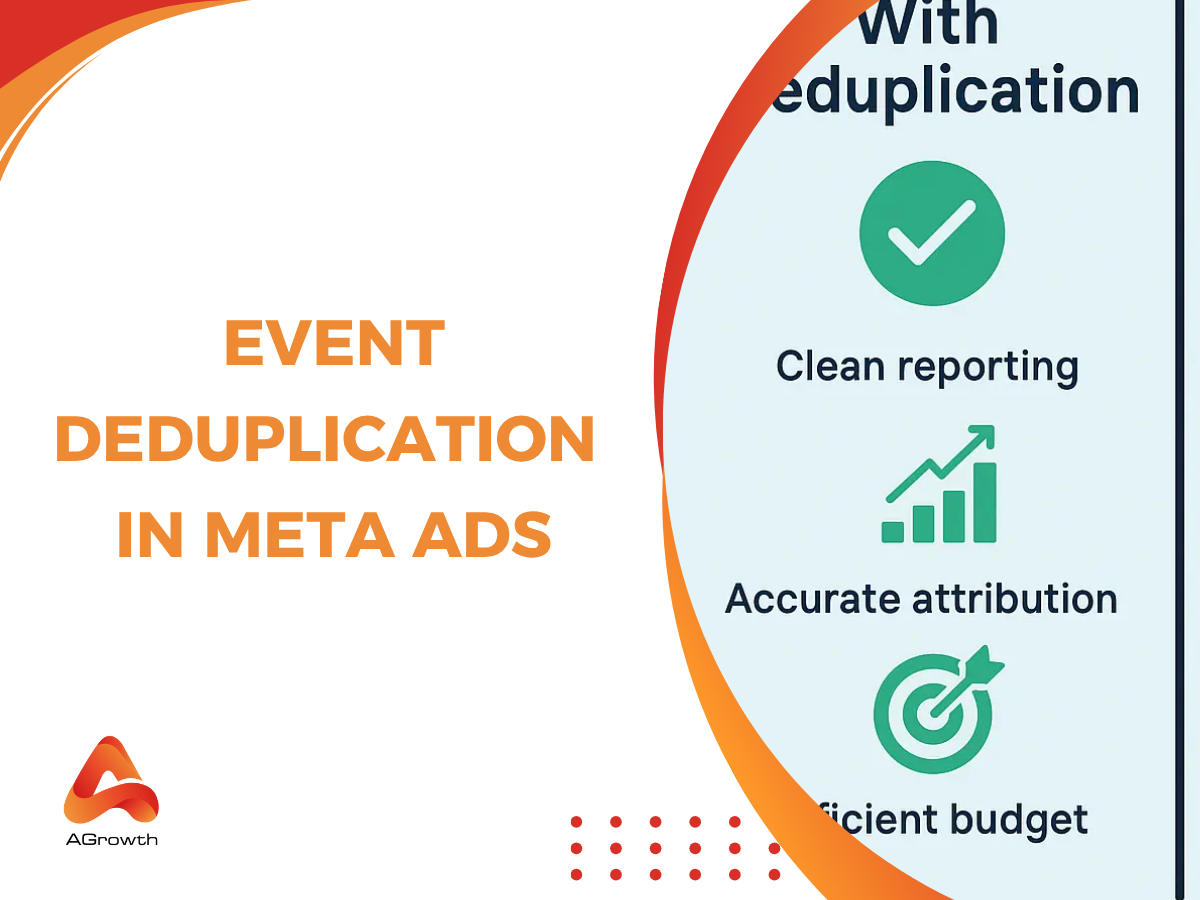
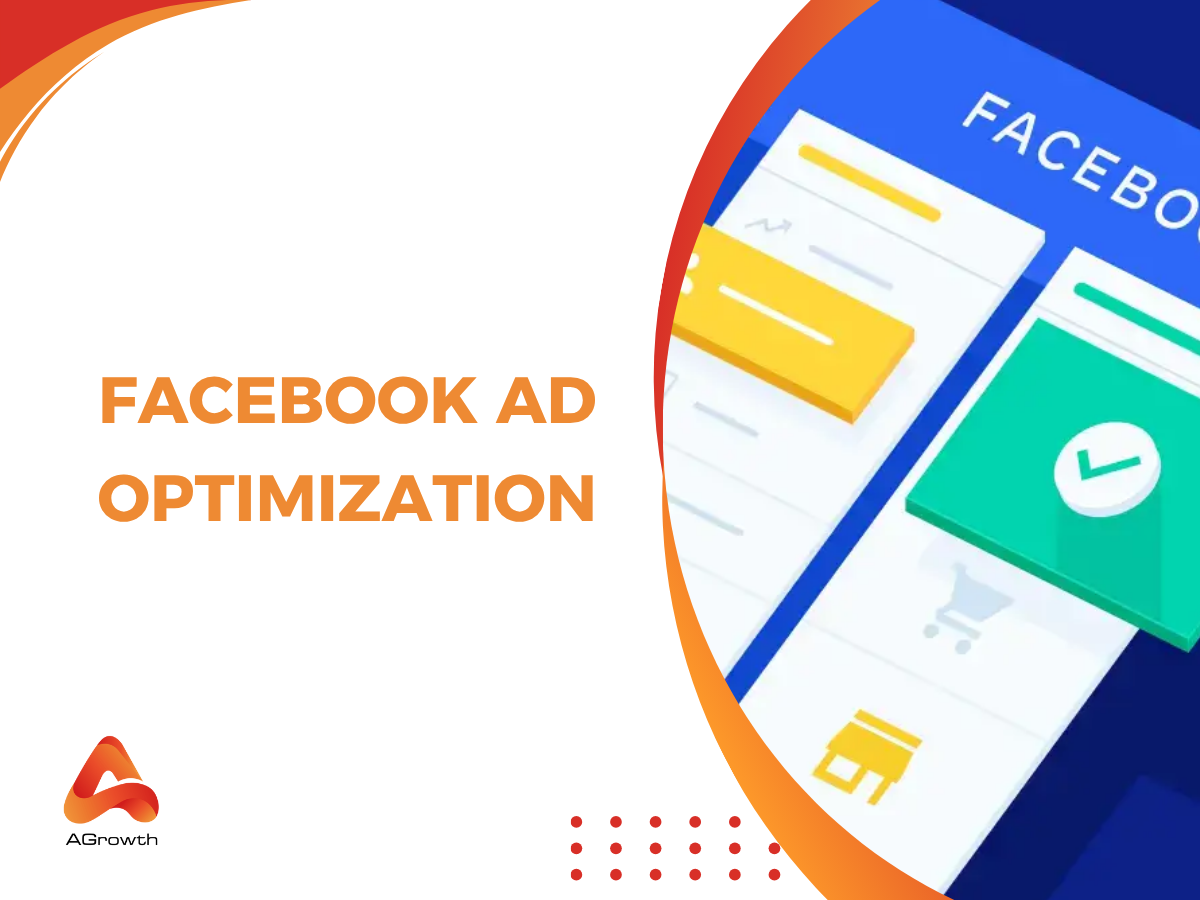
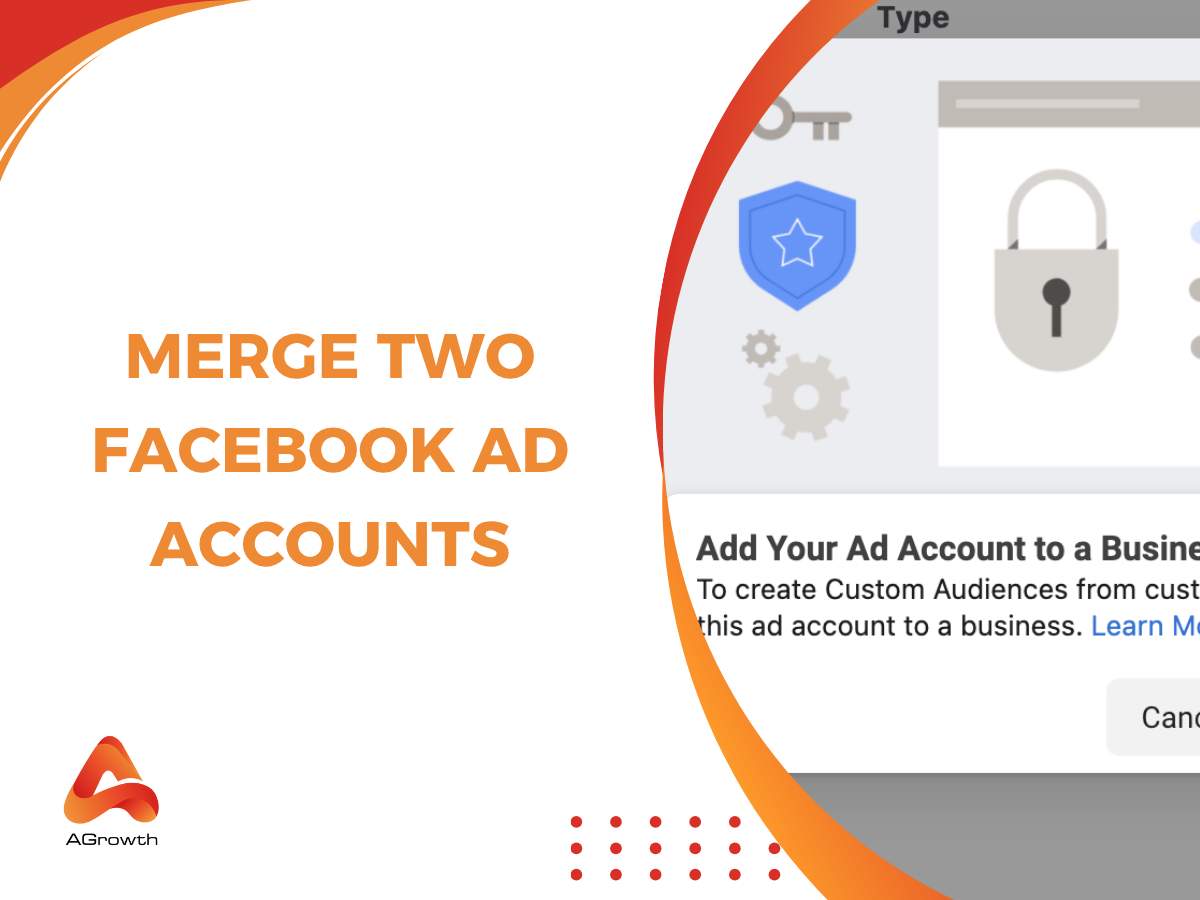

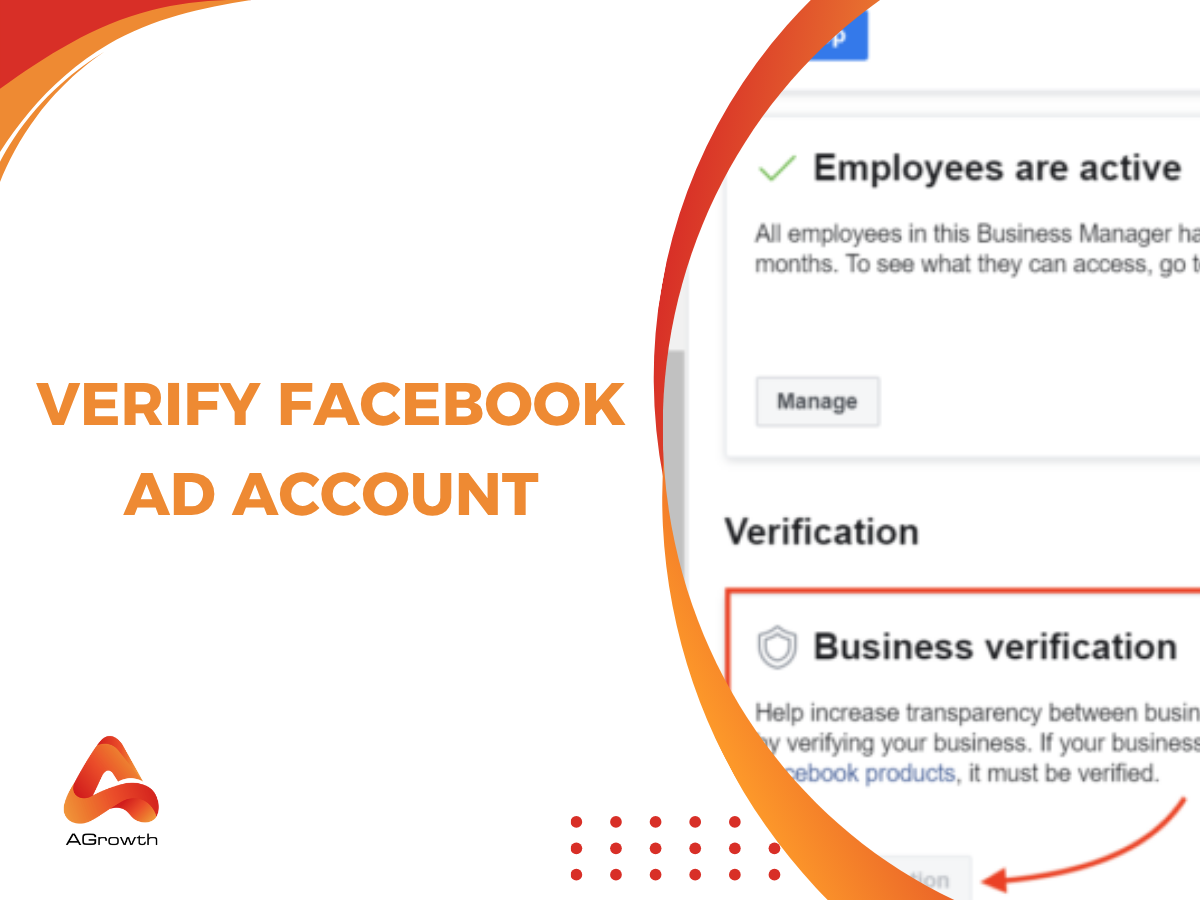
Your comment